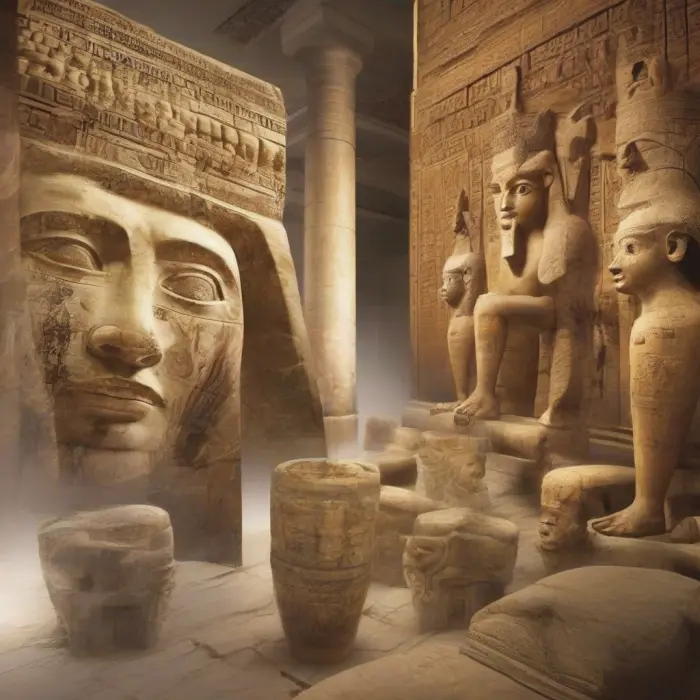Quirky Facts About the History of Ancient Architecture
Ancient architecture is revered for its grandeur, ingenuity, and sheer beauty. Many of these exquisite structures still stand today, captivating our imaginations and sparking our curiosity about the civilizations that once thrived. Did you know, however, that there's a trove of bizarre and intriguing trivia around the history of ancient architecture that often go unnoticed? In this article, we'll delve into some of the quirky facts about ancient architecture that you might not be aware of.
The Pyramids of Giza – An Astronomical Marvel
The Great Pyramids of Giza in Egypt have long been the object of awe and wonder due to their massive size and precise construction. But there’s something truly quirky about them: they're aligned with the stars. The pyramid's three main structures represent the stars in Orion's Belt, and the Great Pyramid's sides are each aligned to the cardinal points – north, south, west, and east – with such accuracy that it deviates from true north by only 3/60th of a degree. The ancient Egyptians were, undoubtedly, exceptional astronomers too!
The Hidden Stones of Machu Picchu
Machu Picchu, the world-renowned Incan city located high in the Andes of Peru, is believed to be constructed without using any mortar. These stones, some weighing up to 50 tons, are cut and fitted together so precisely that it's tough to fit even a piece of paper between them. The quirk here is that the intricate techniques employed by the Incas to fit these enormous stones together remain an enigma to modern architects.
Not Just Decoration: The Acoustics of Ancient Greek Theaters
Ancient Greek theaters aren't just beautiful structures; they possess excellent acoustic properties as evidenced by theaters like Epidaurus. Engineers today still marvel at their design and sometimes refer to them to improve modern amphitheaters. The quirkiness lies in the fact that even a whisper from the stage can be clearly heard up to the farthest rows, which is a testament to the architectural mastery of the ancient Greeks.
Angkor Wat's Enigmatic Reversal
The largest religious monument in the world, Angkor Wat in Cambodia, holds a quirky secret within its reliefs. Unlike most temples, the narratives of the Angkor Wat are designed to be read counterclockwise, a direction associated with death in Hindu culture. This led many historians to believe that Angkor Wat was intended to serve not only as a temple but also as a mausoleum for the king.
Ancient architecture continues to fascinate us with its rich details, secrets, and idiosyncrasies. So, whether you're a history buff, architecture enthusiast, or simply a curious soul, there's always something quirky to discover about the buildings of the past. These architectural wonders indeed hold more than just their visible grandeur; they carry narratives of ancient societies, their beliefs, their knowledge, and their immense capabilities.










